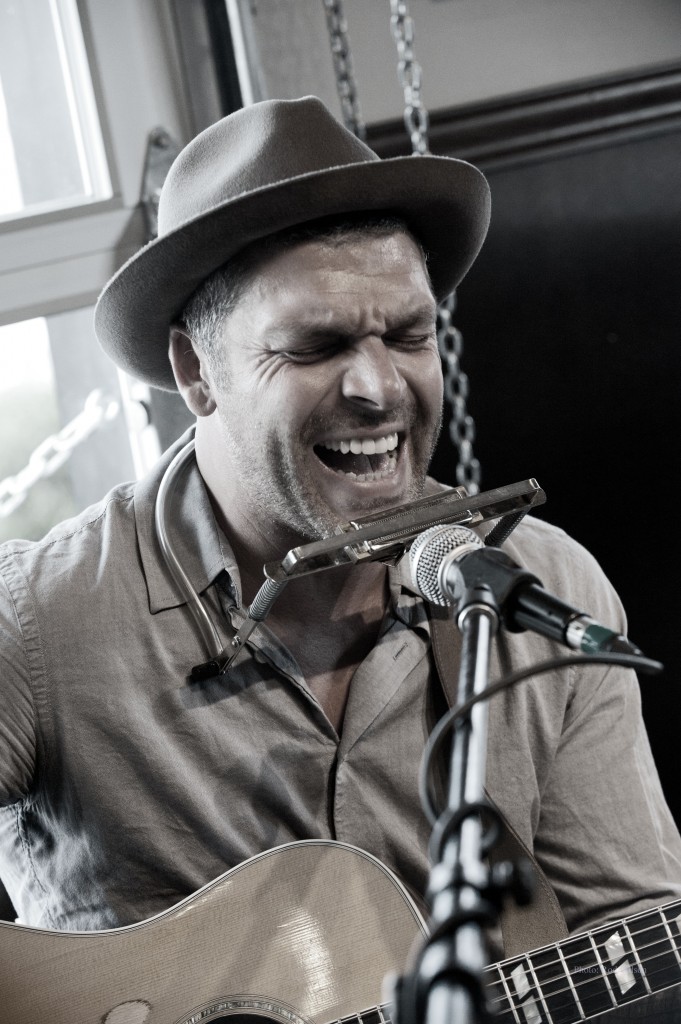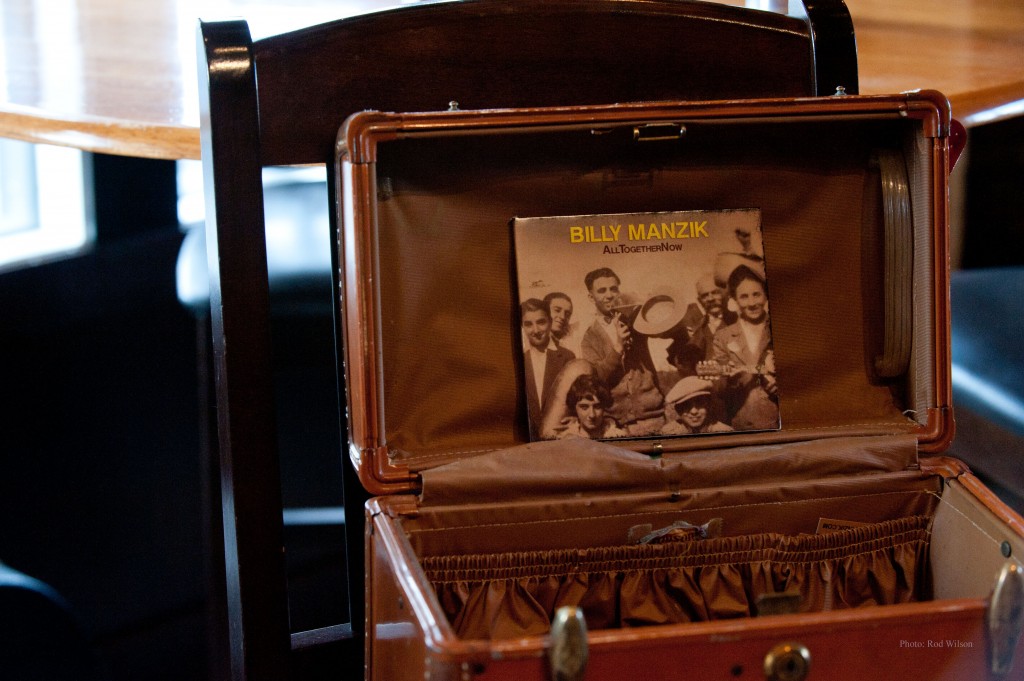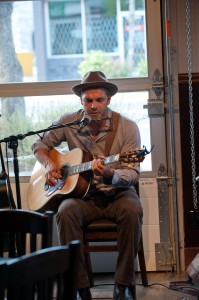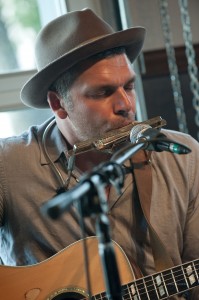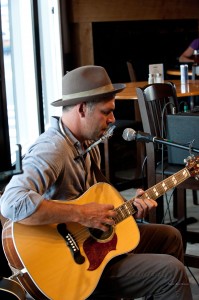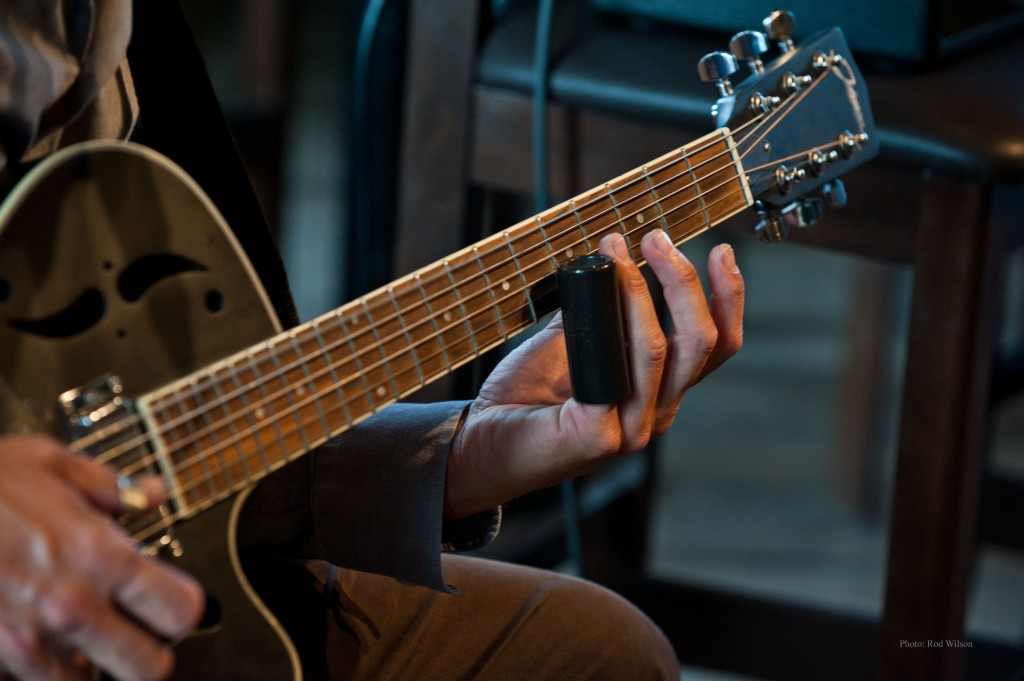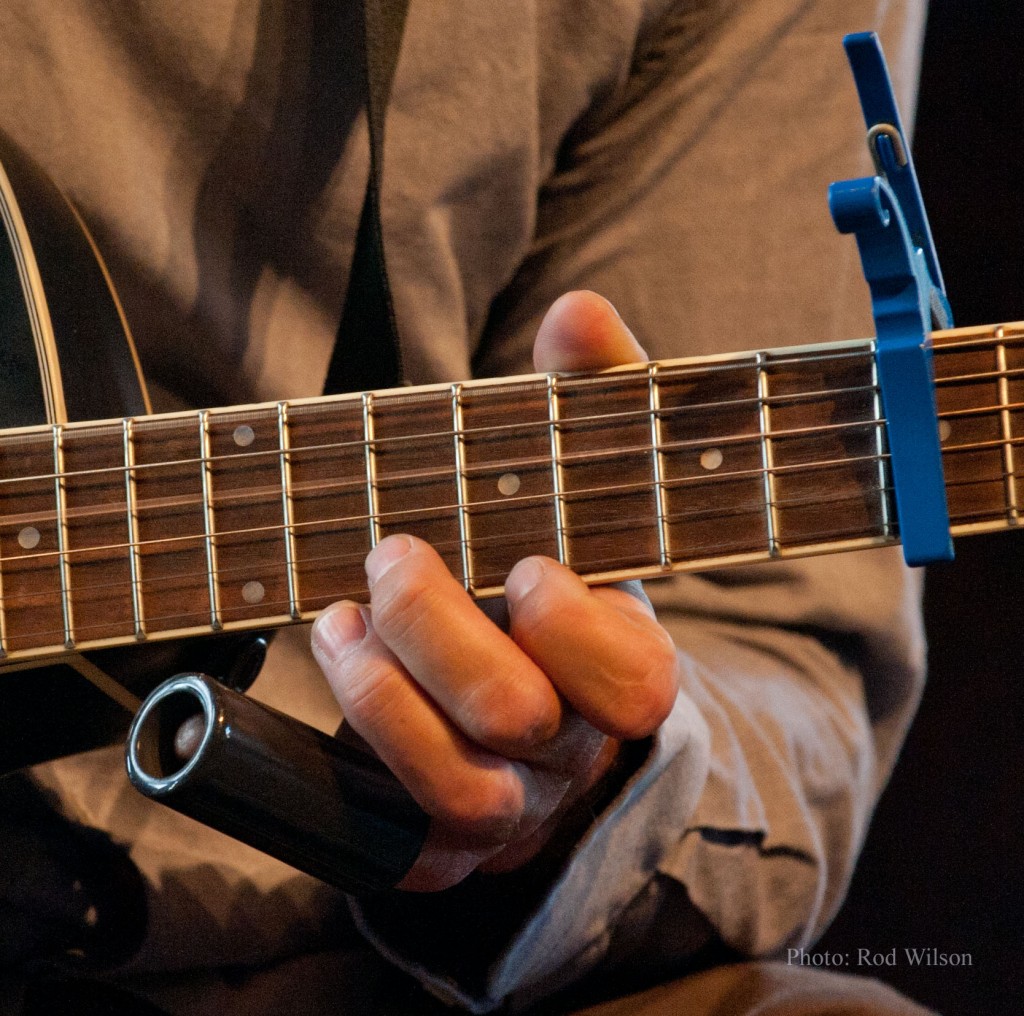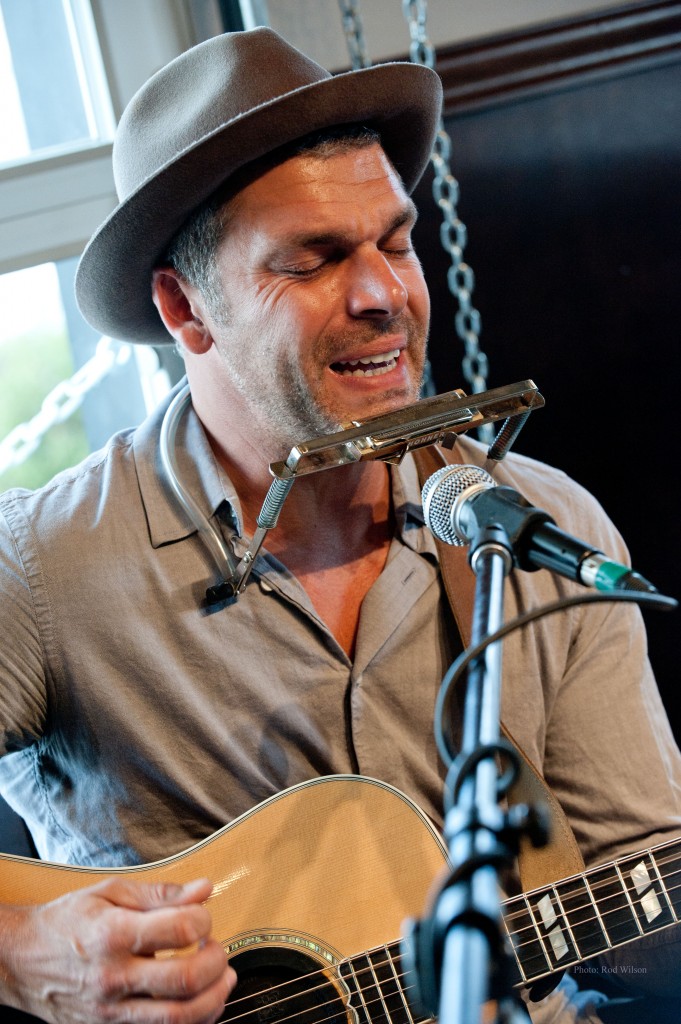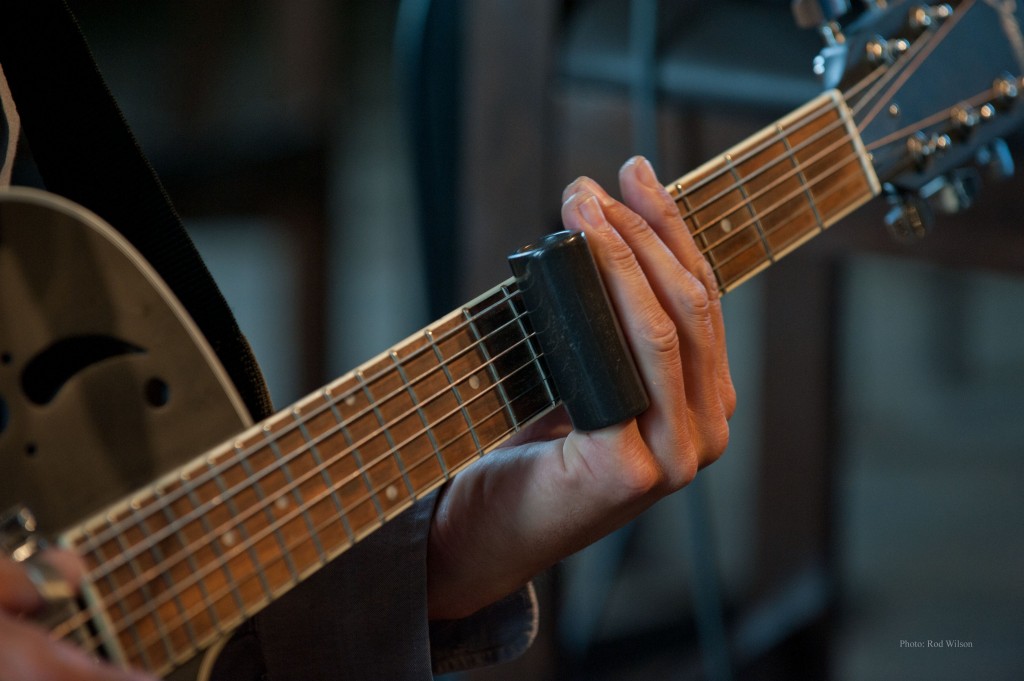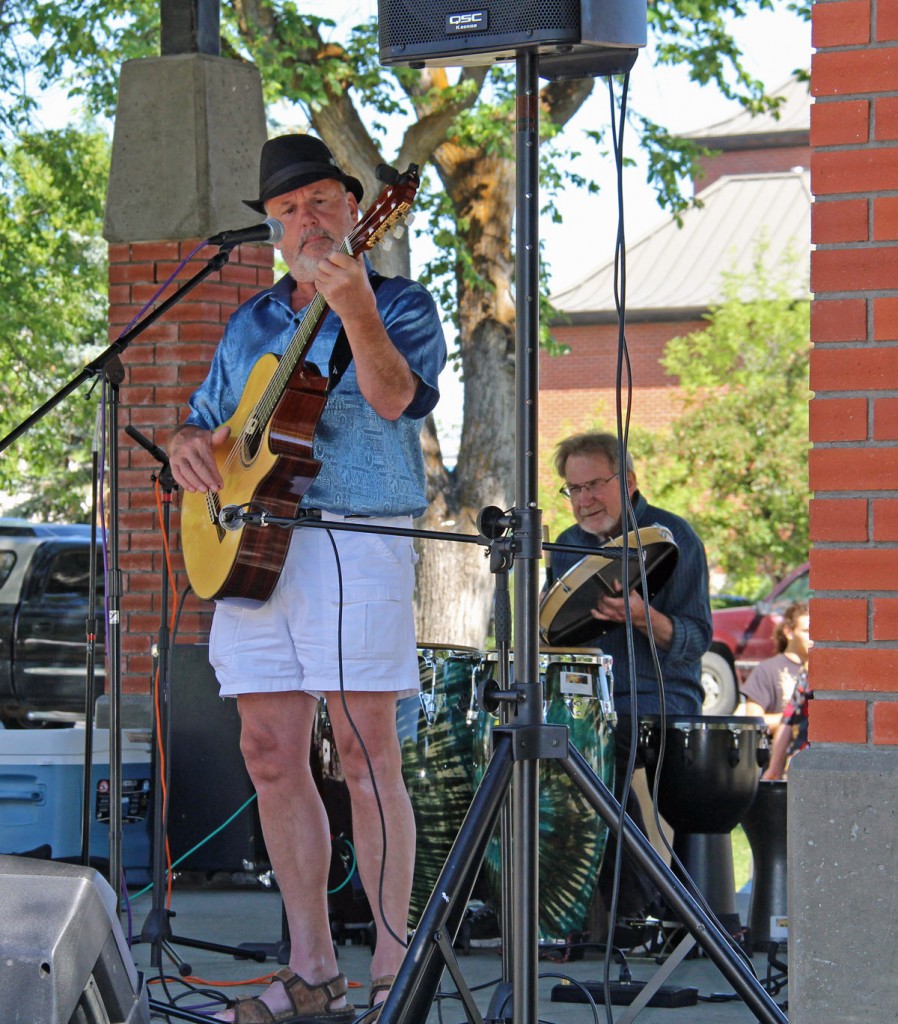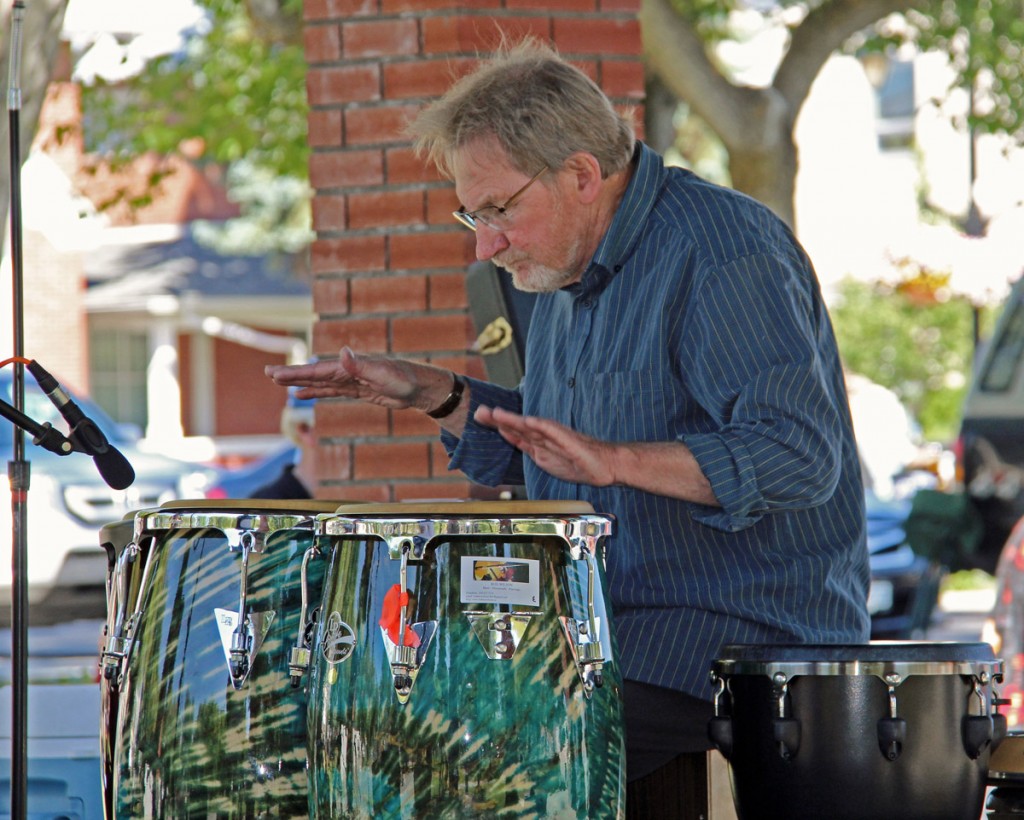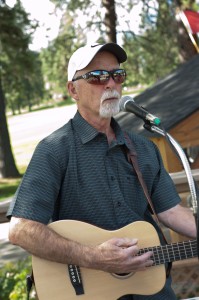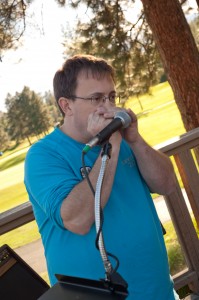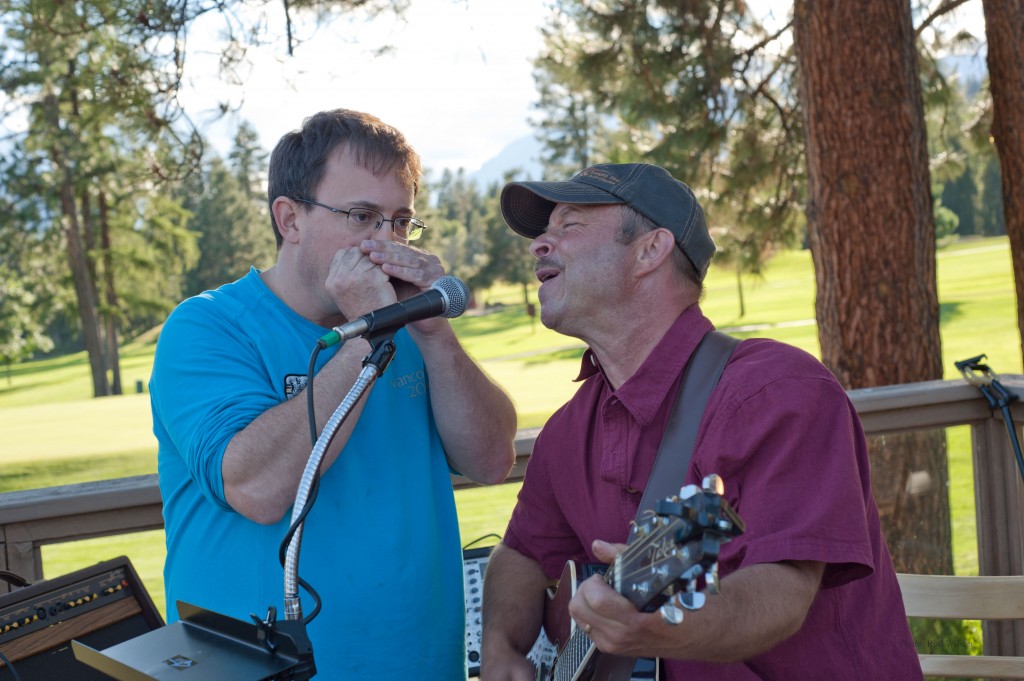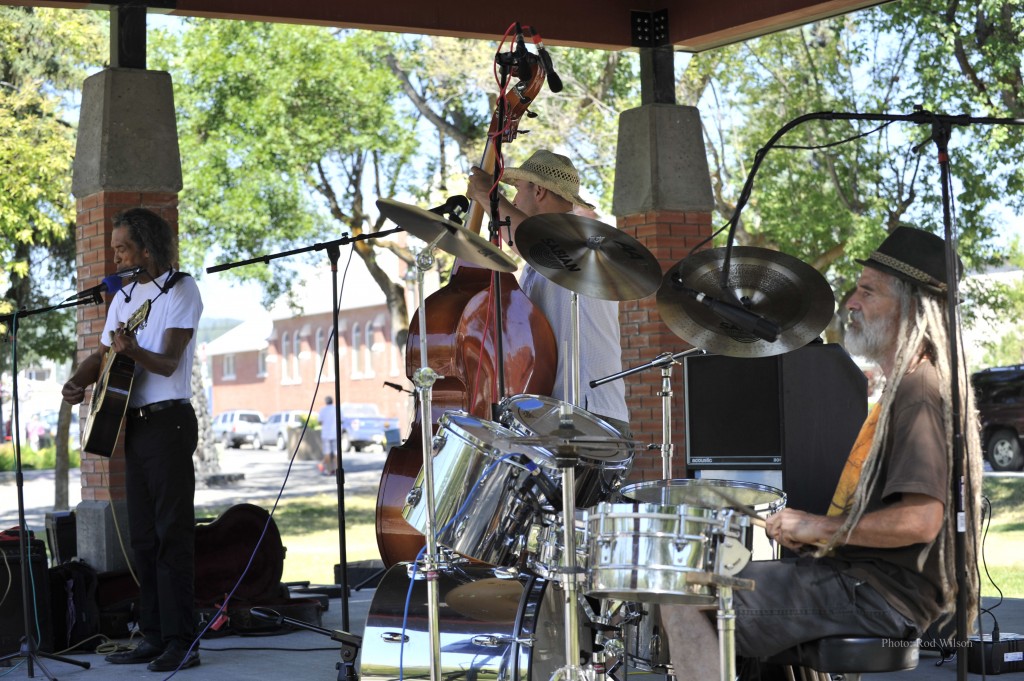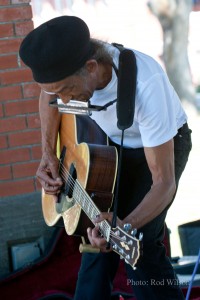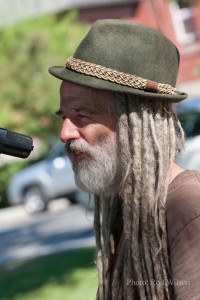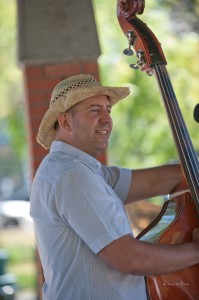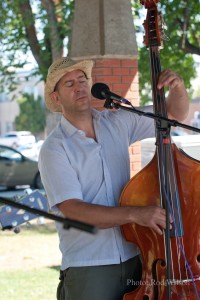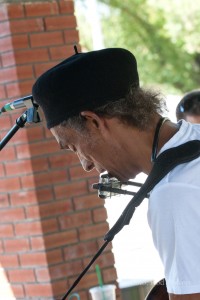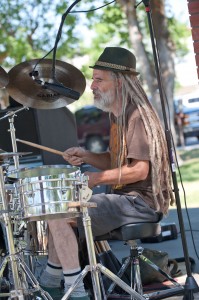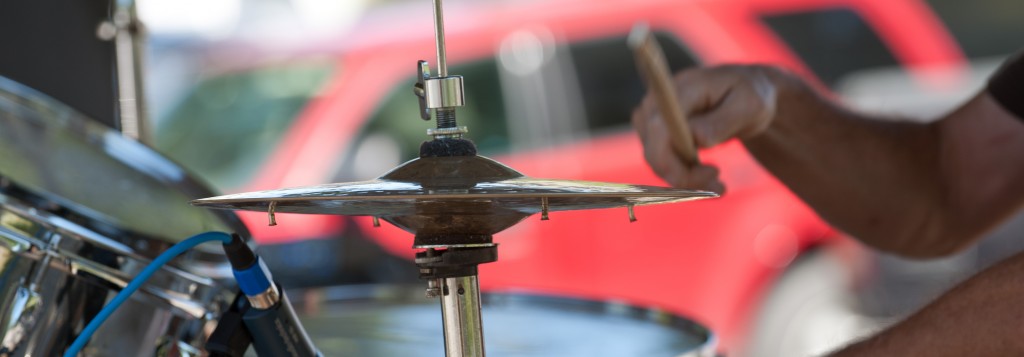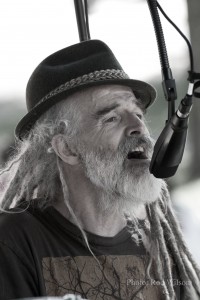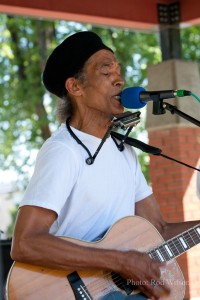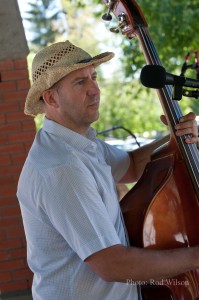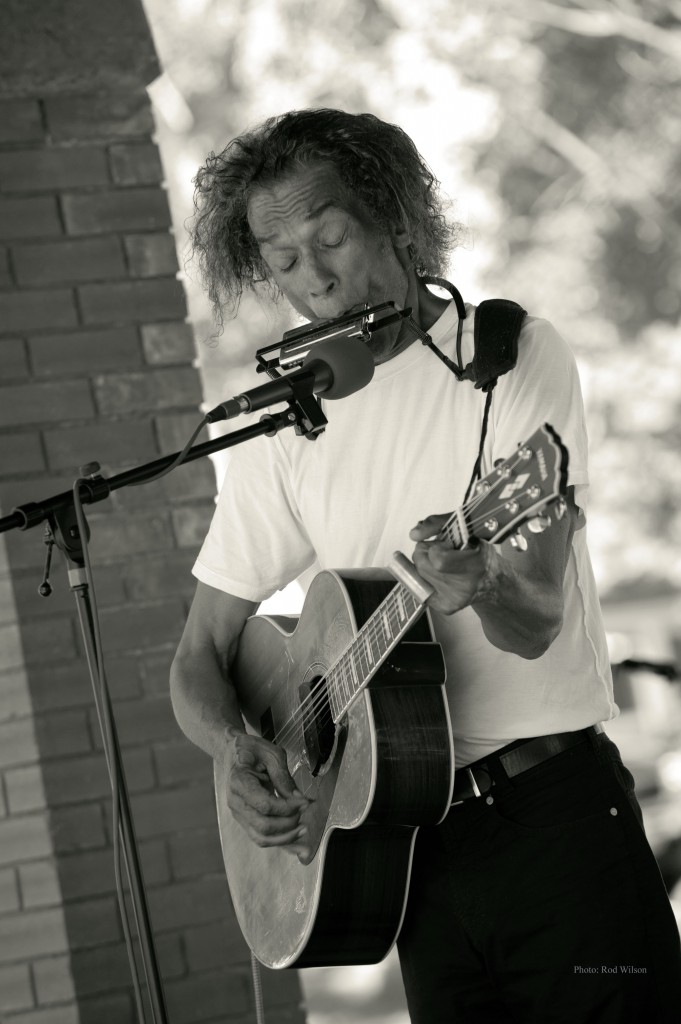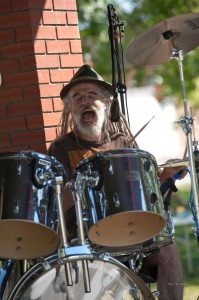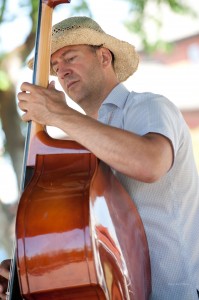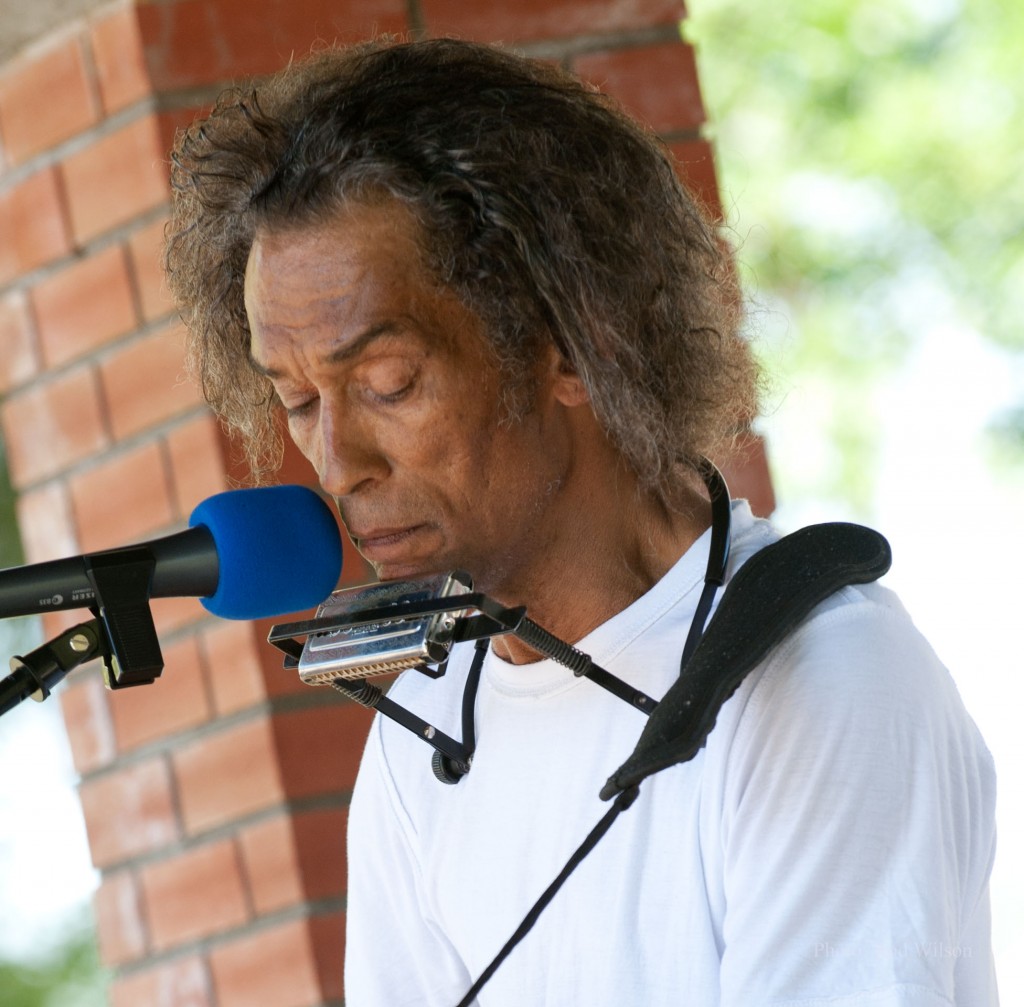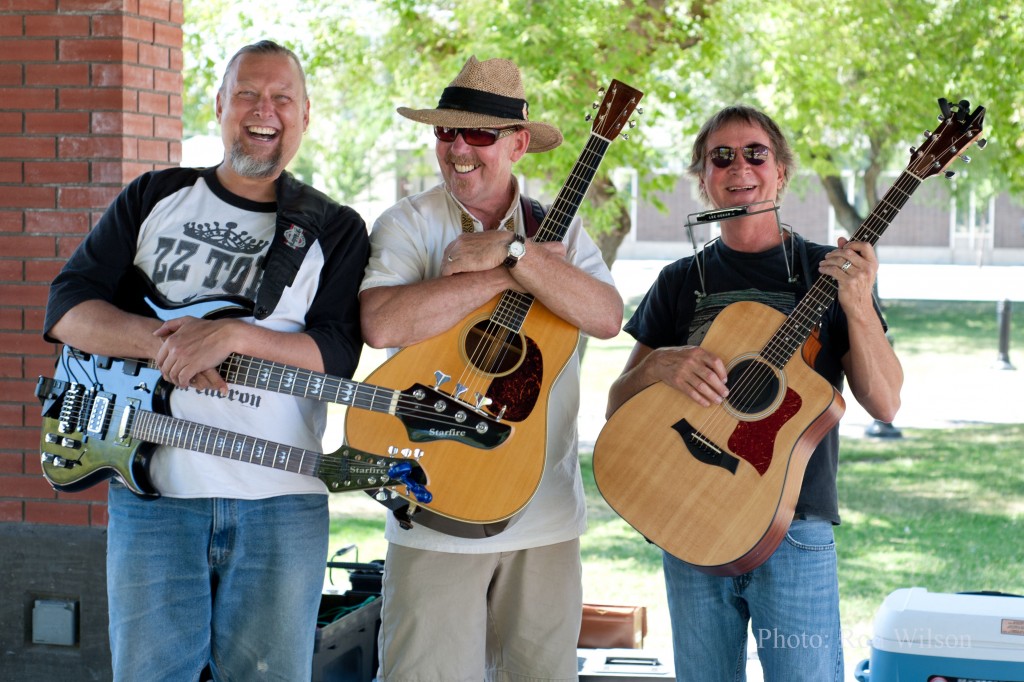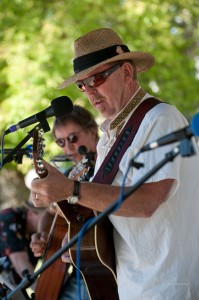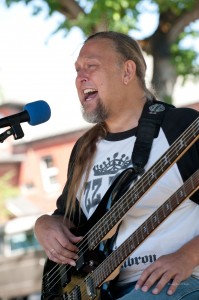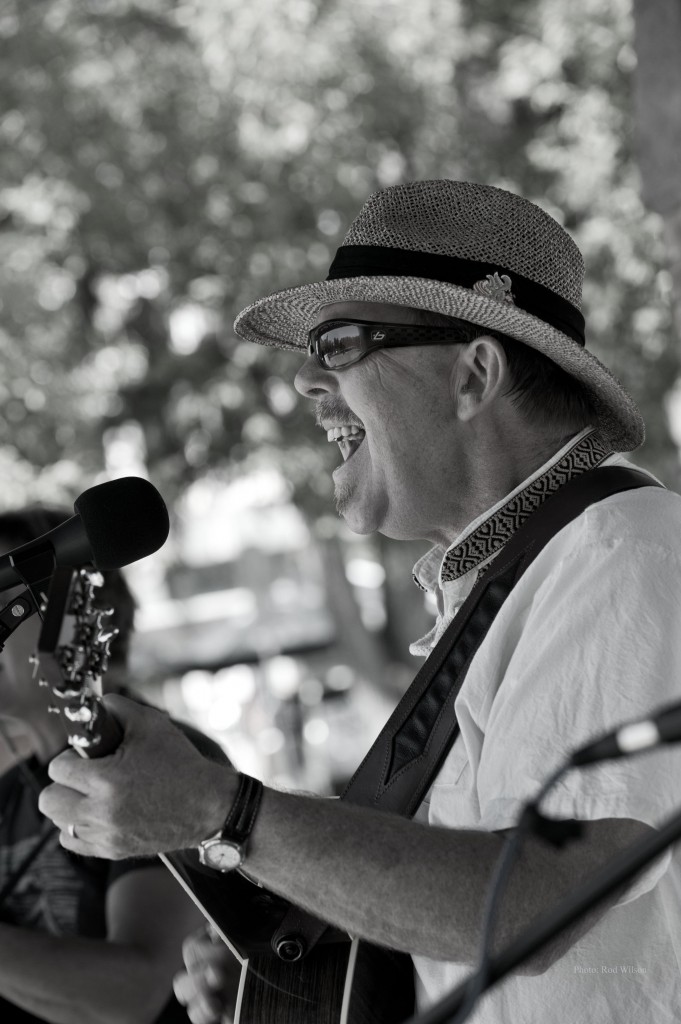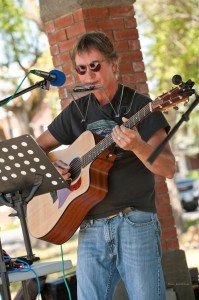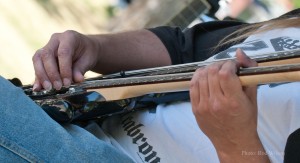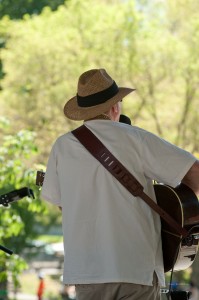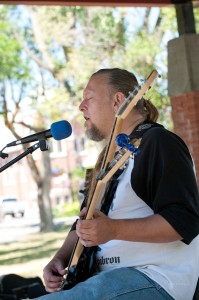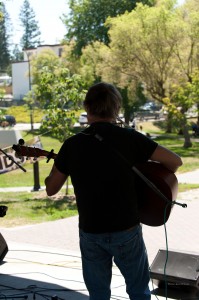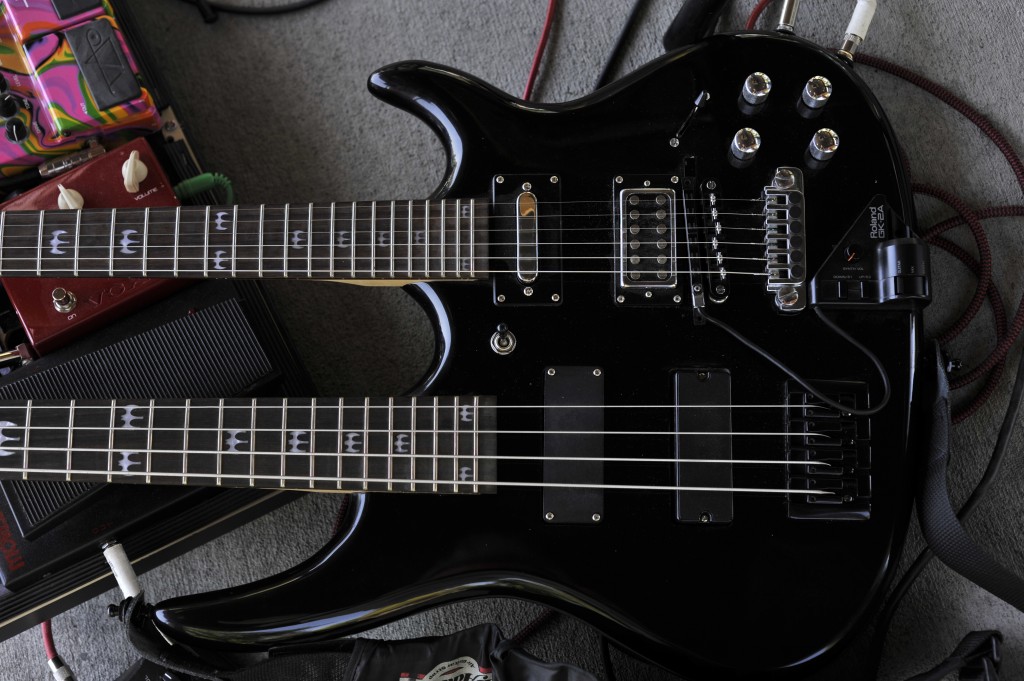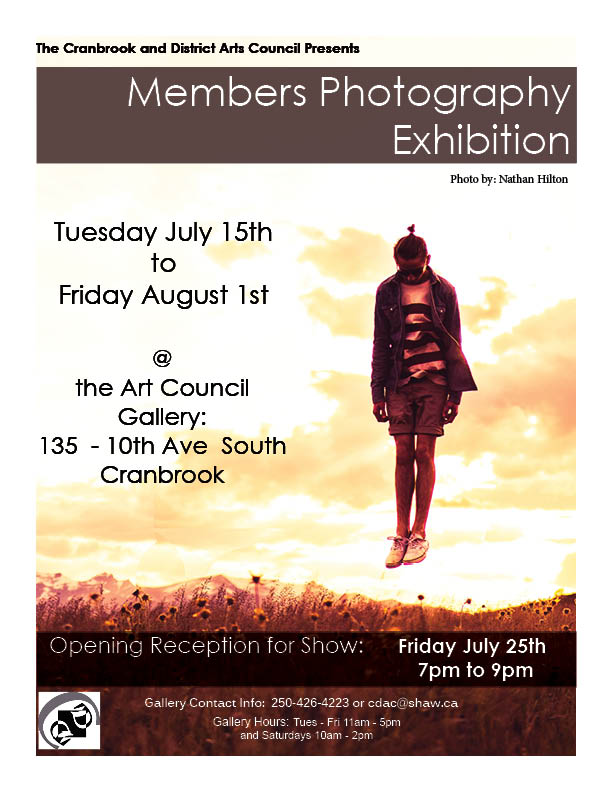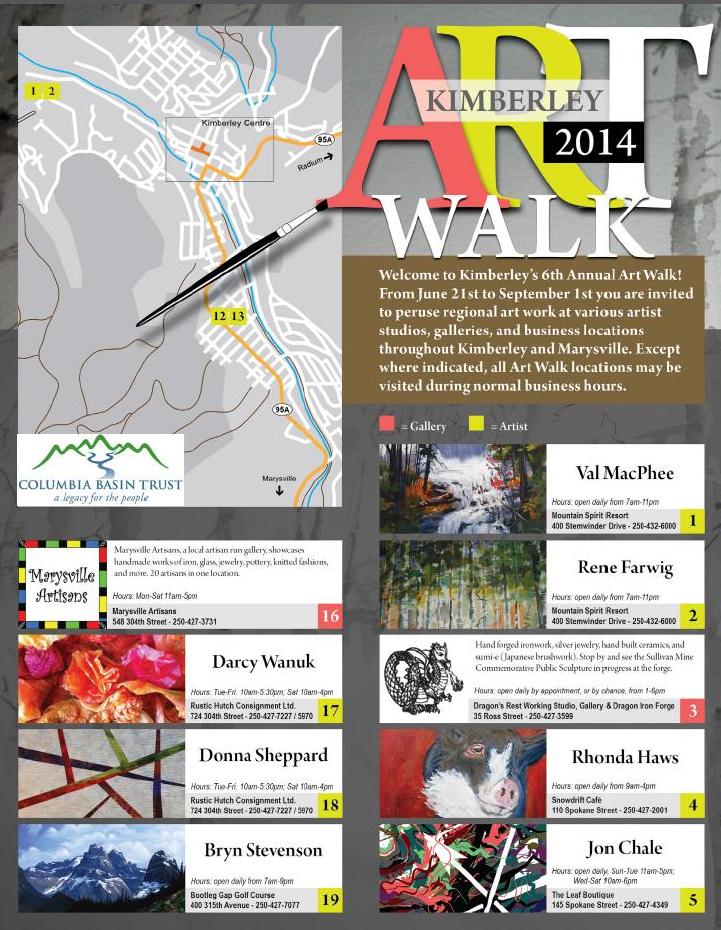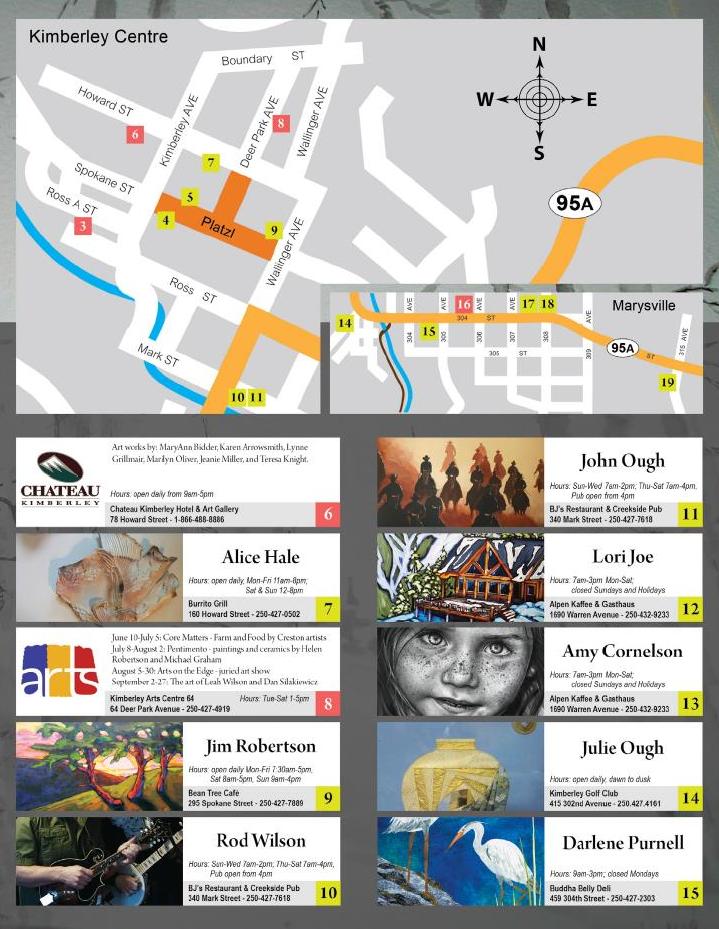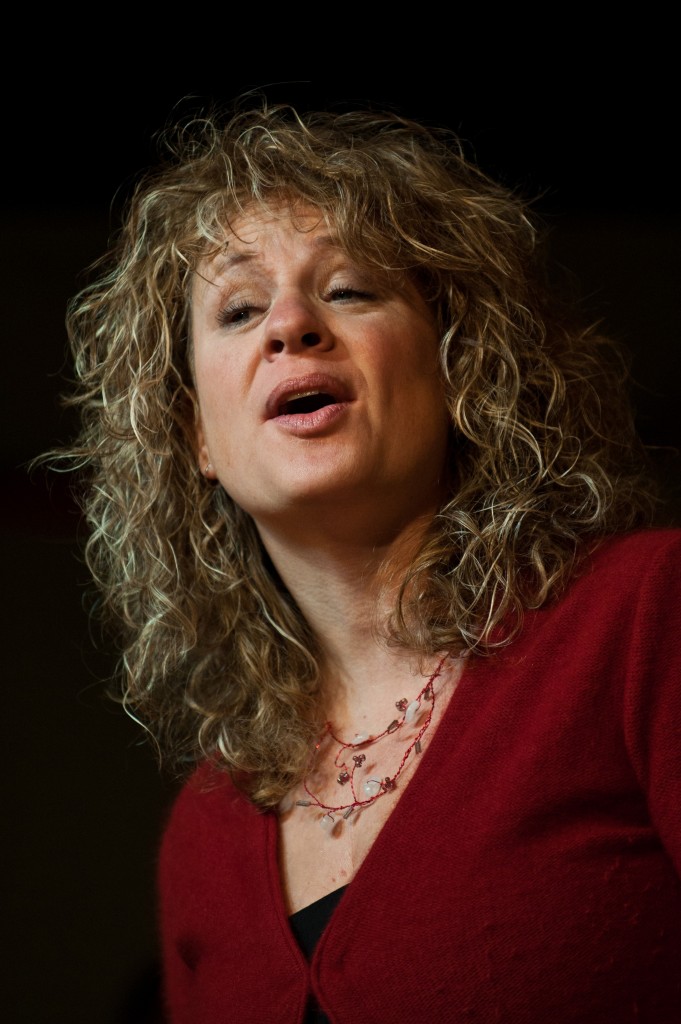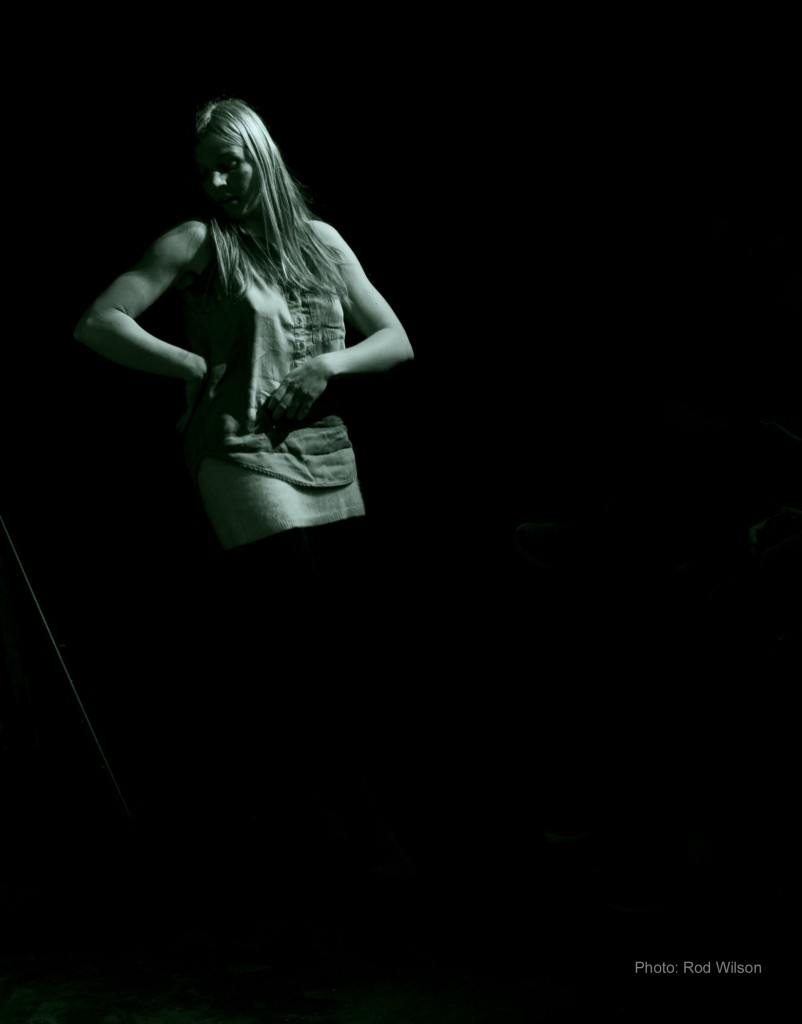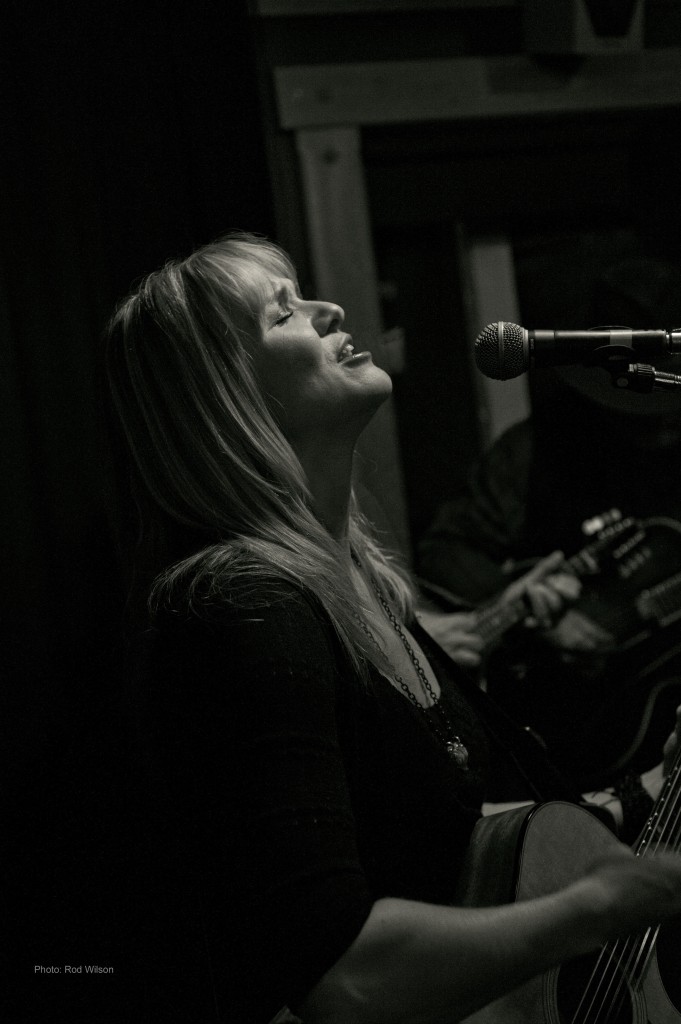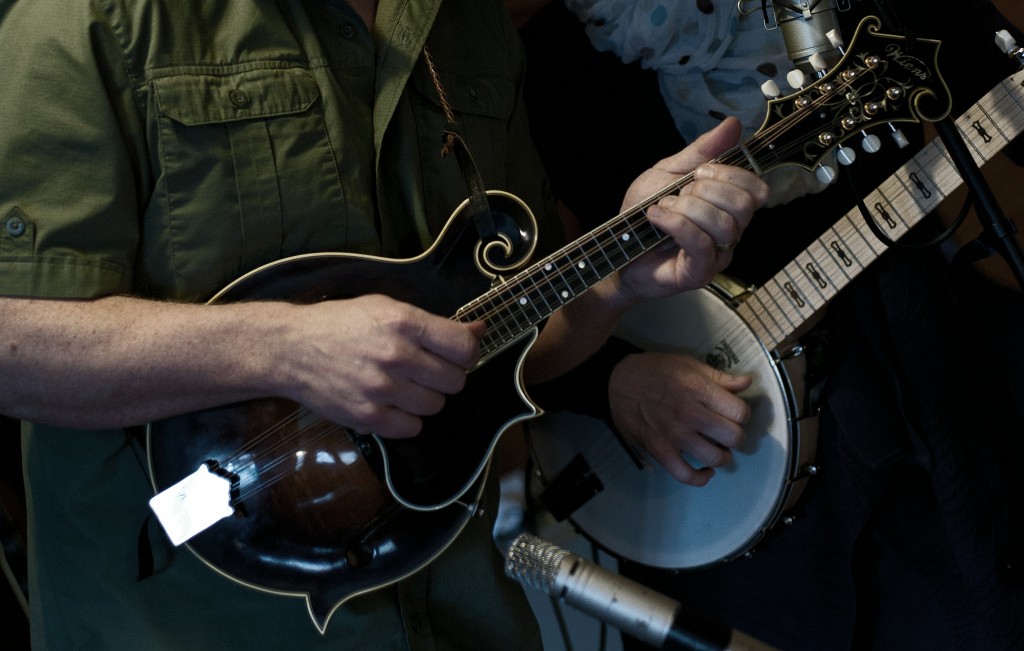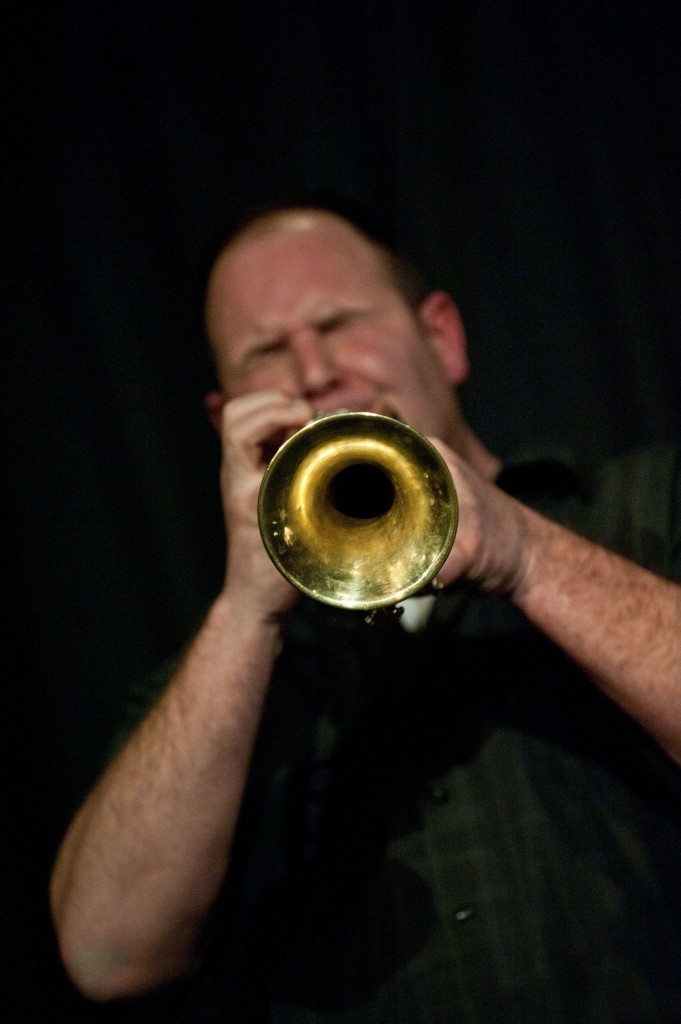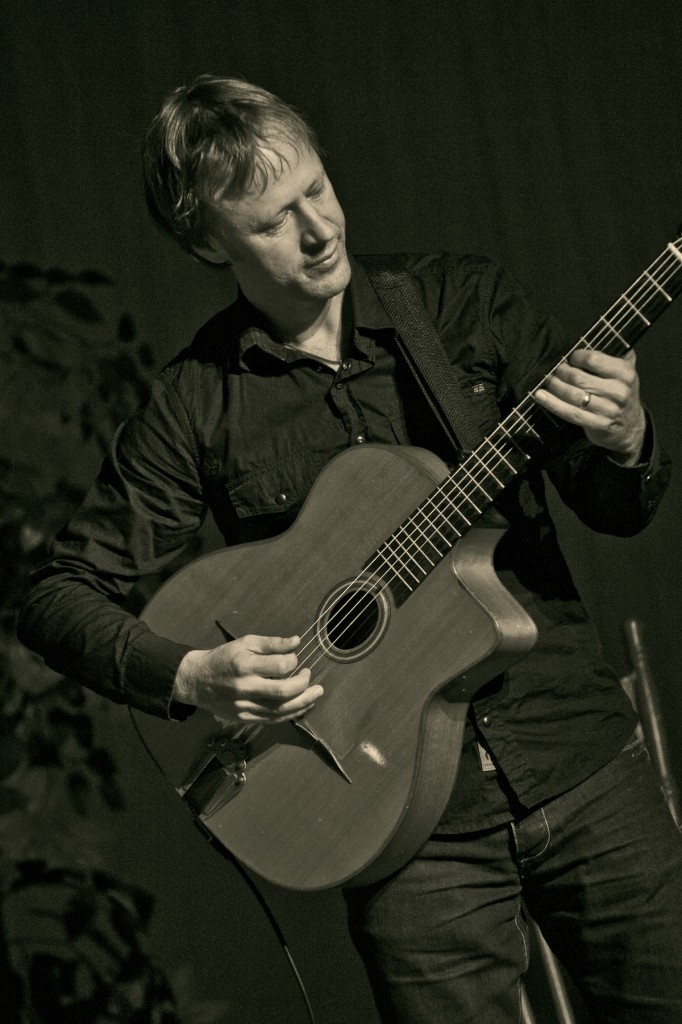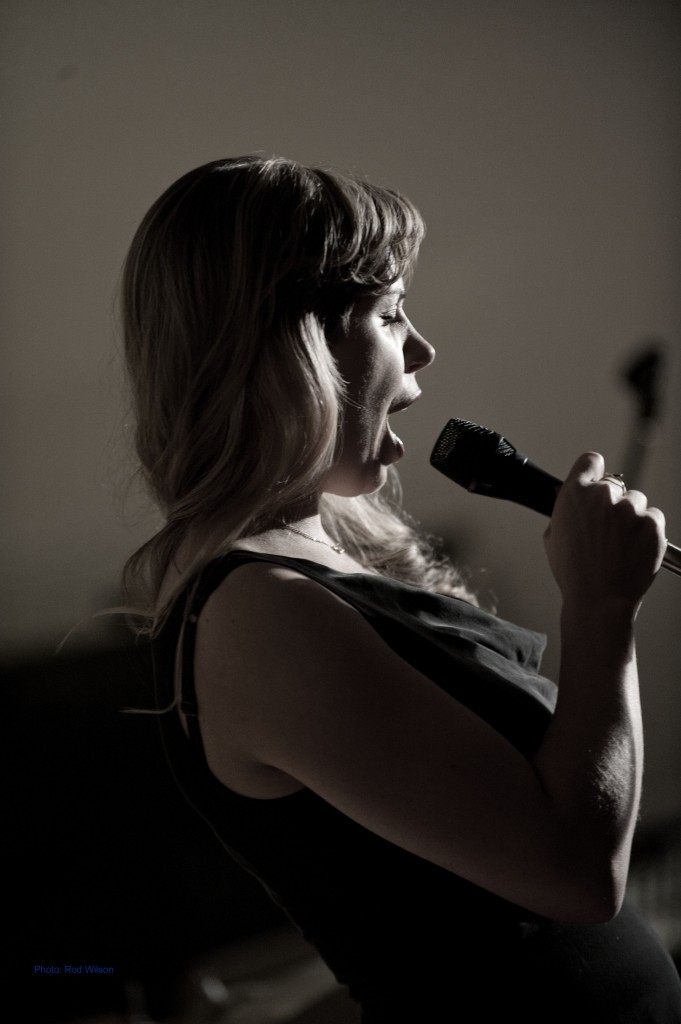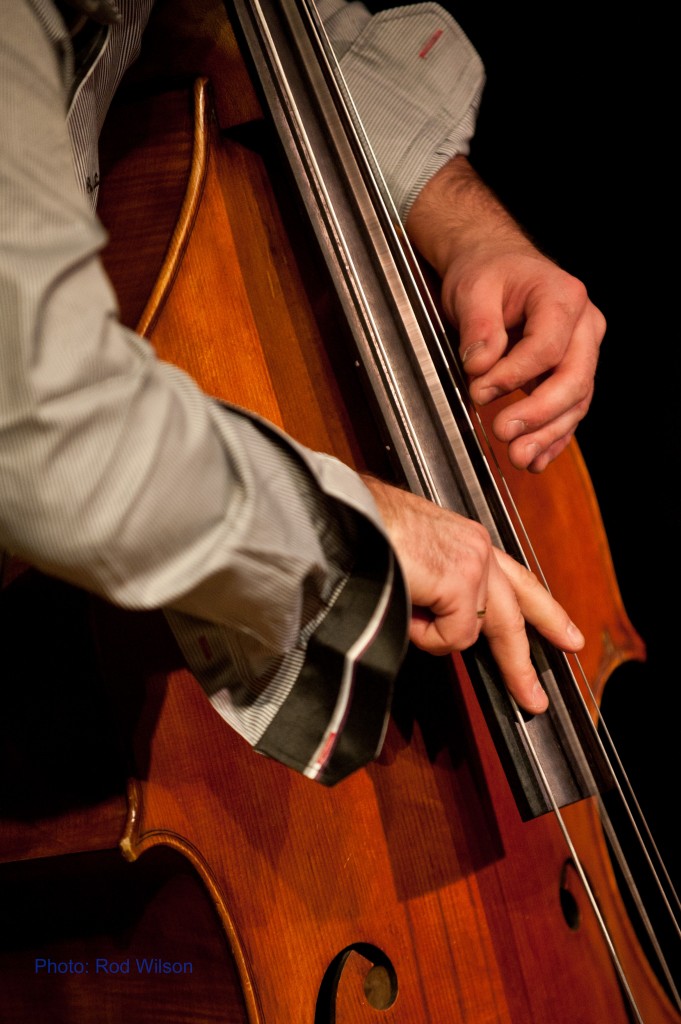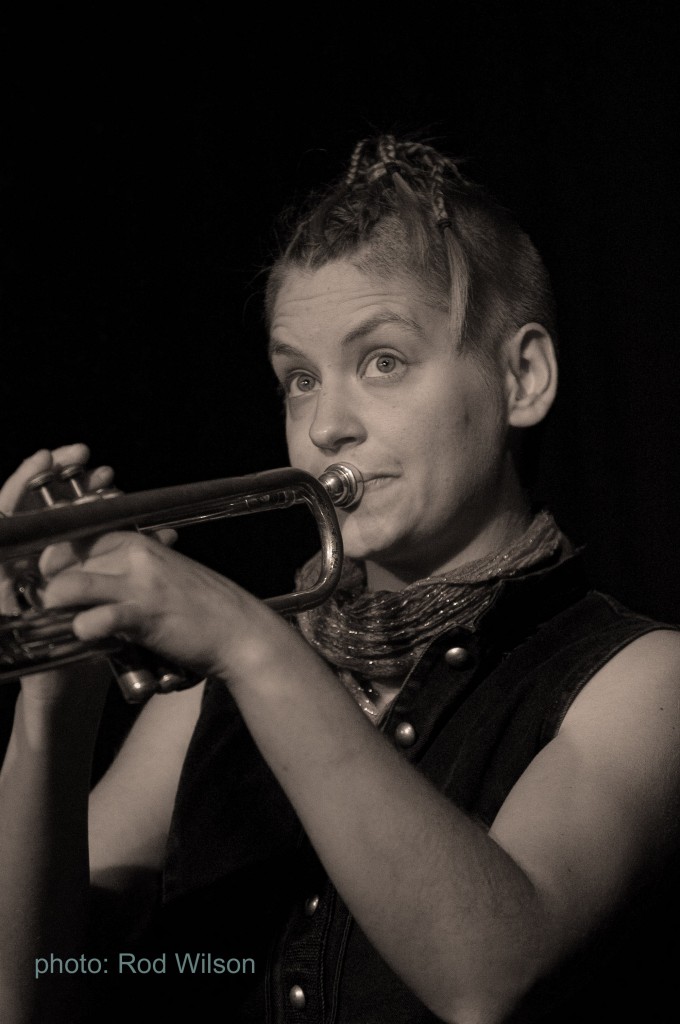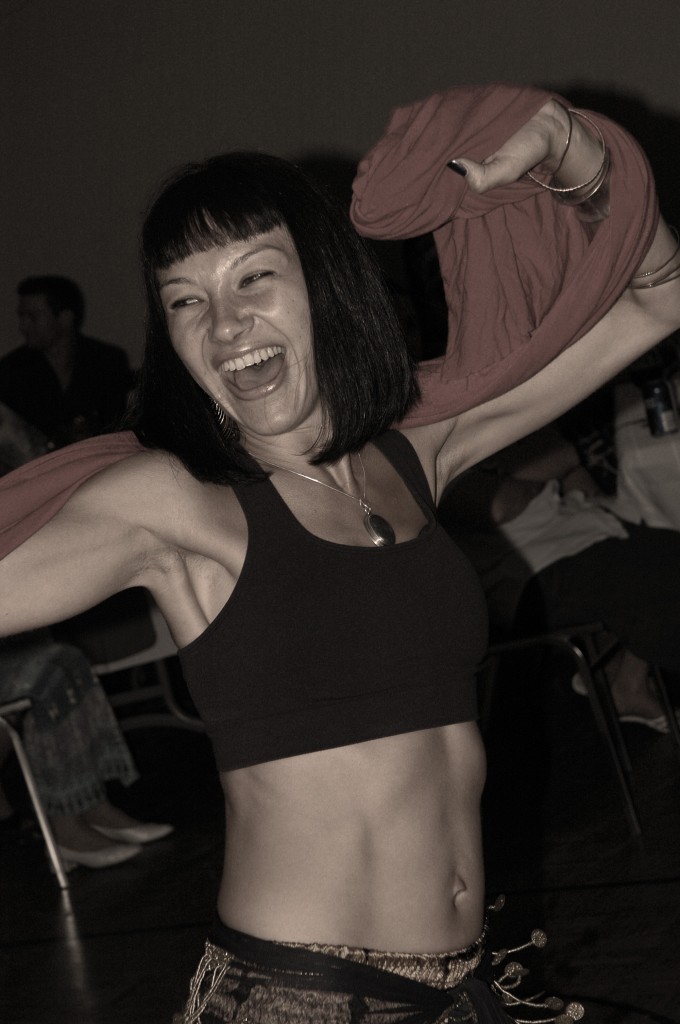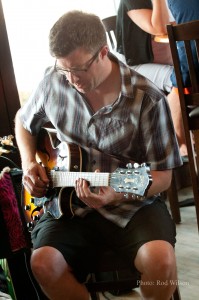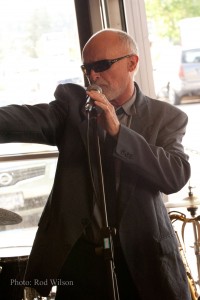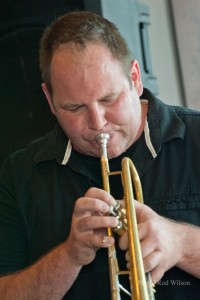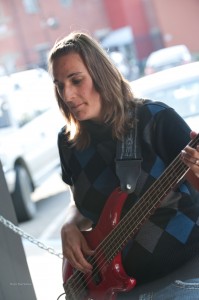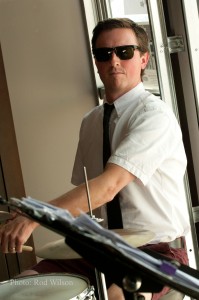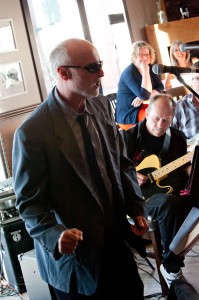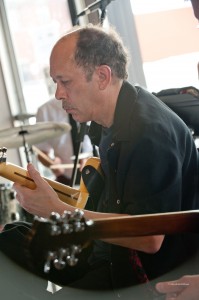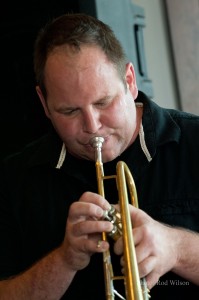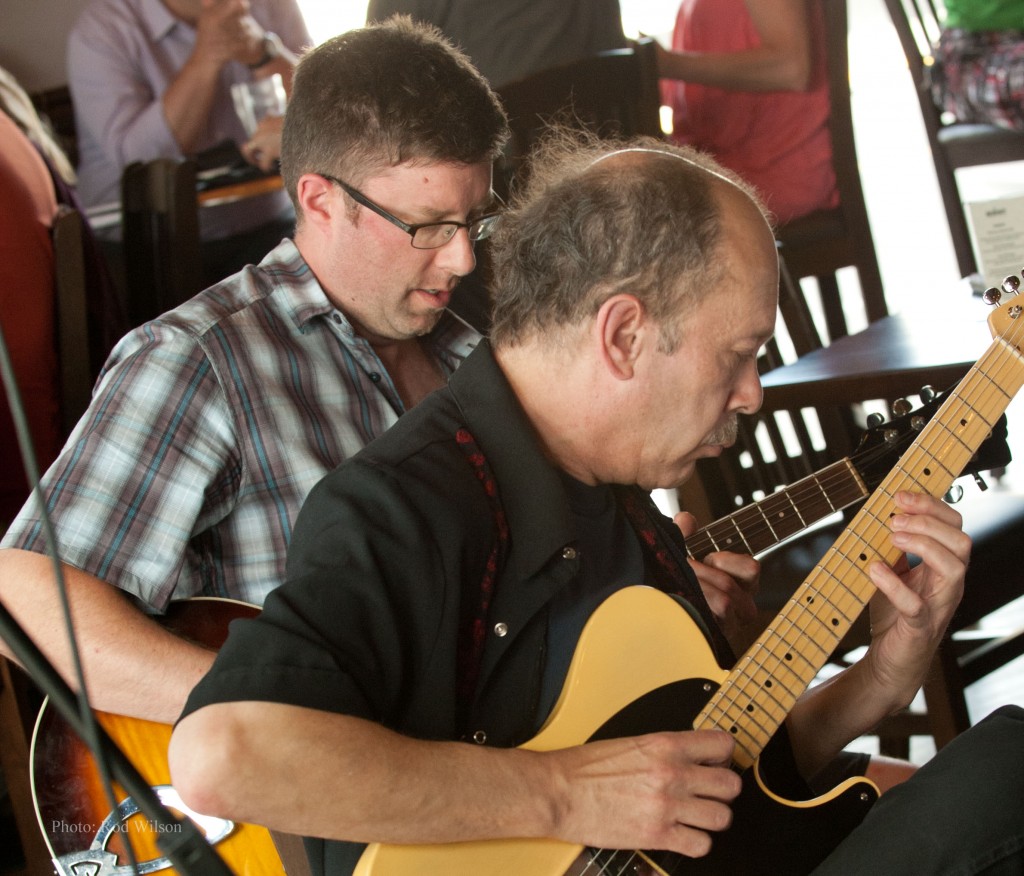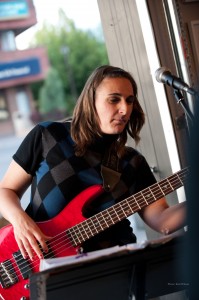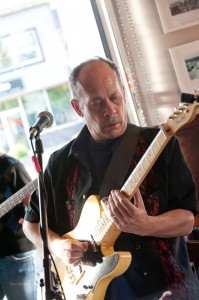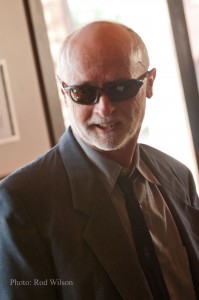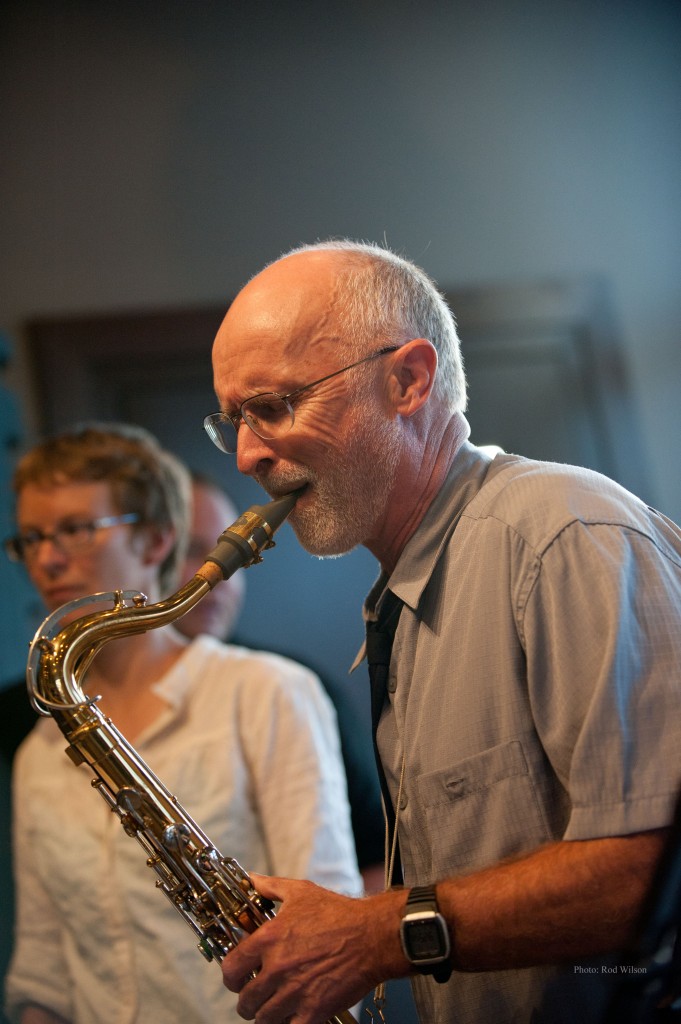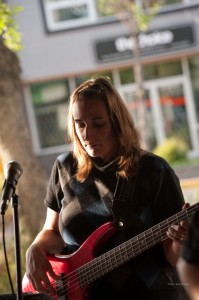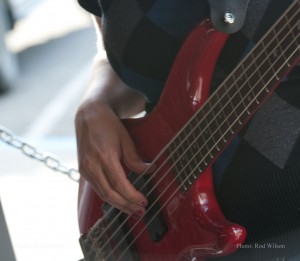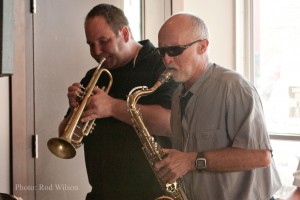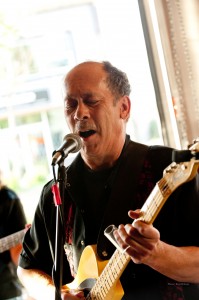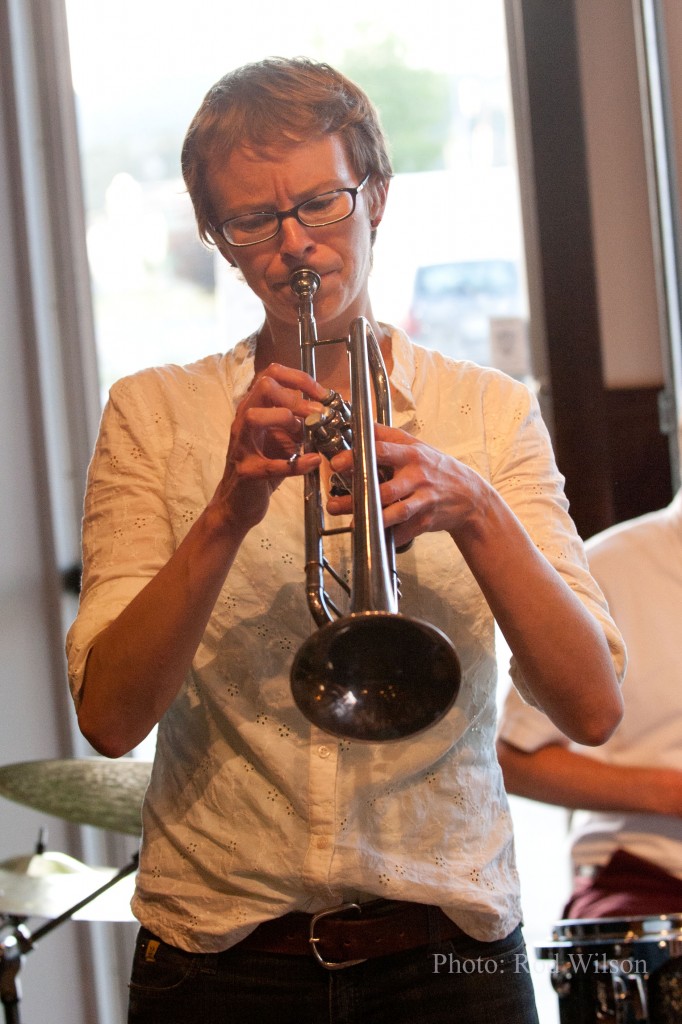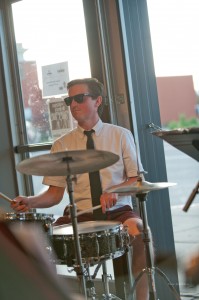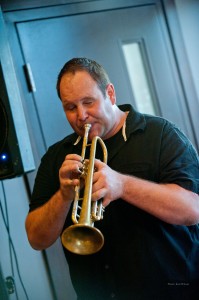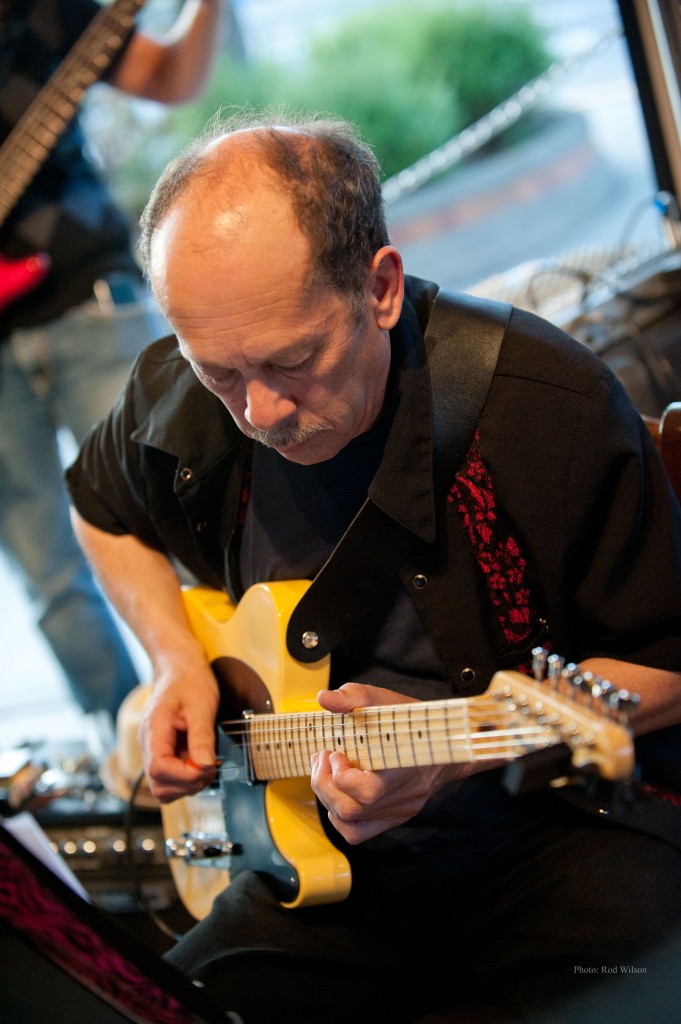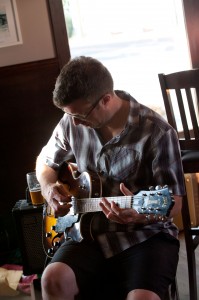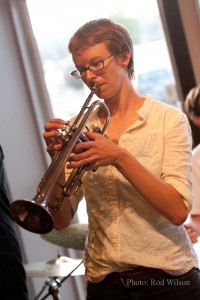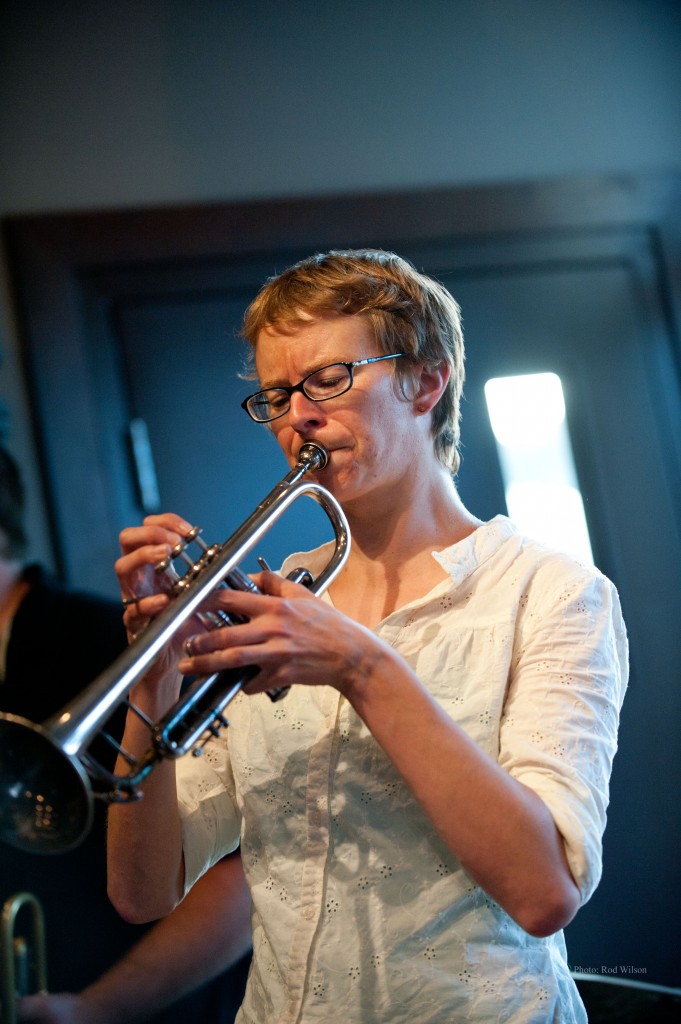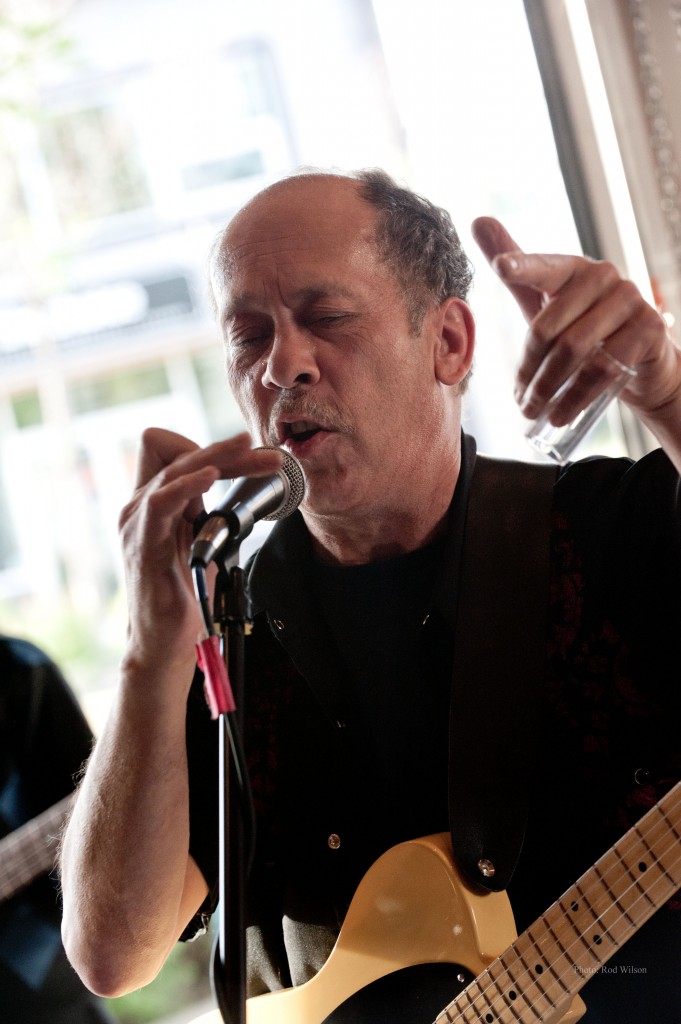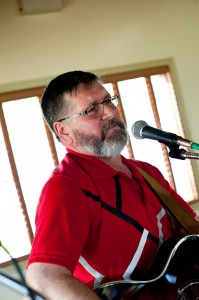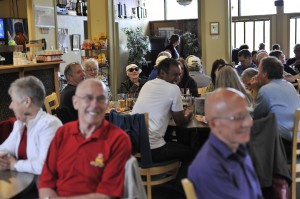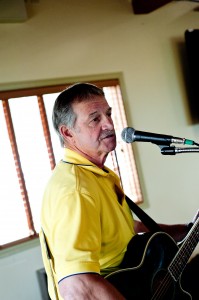I don’t know how I stumbled on these two books. Possibly by net surfing on Amazon or Kindle. Either way both books set up a buzz of resonance in my memory cells. Both books are essentially travel books. The first one caught my eye because it was about recent travels in Australia and the second one because it was about the Old Indian Trails in the Canadian Rockies (just around the corner from where I live).
TRAVELS OF AN ORDINARY MAN – AUSTRALIA by Paul Elliott (published in April, 2013) available on Kindle for 99 cents. At that price how could you go wrong?
All of us at some time or other have become frustrated with our jobs, our life and our relationships and yearn to just toss it all in and head out into great blue yonder. Paul Elliott is one of us. A job that was going no where and a girl friend who was a professional driver (“she had driven me up the wall, driven me around the bend and eventually driven me to the point where I needed to leave everything behind for the foreseeable future”). His answer was to jump on a plane and head down to Australia, specifically to Cairns in Queensland. In this day and age, from Heathrow you fly over Europe, Russia and drop down to Tokyo, Japan and then change planes for a direct flight to Cairns in Queensland.
In Canada if you live in the east you are exhorted to go West. In Australia everyone lives down south so the cry is to “go north young man”. And that’s what I did in the mid- 1960’s. I had worked in my first real job for nine years and life was passing me by. I didn’t have a relationship to jetson but I did have a yen to surf the fabulous beach and point breaks of Northern NSW and Southern Queensland. So why not do that and also take a wander around a part of the country where “even the bananas bend to the right”. This was the red-neck republic of Bjelke Petersen. Bjelke, a God-fearing Lutheran minister, was the premier of Queensland at the time and was the perfect example of that curse on mankind – “A Self Made Man” – whose motto in life was “my way or the highway”. Queensland was no place for unionists, left wing agitators, surfing bums or, then new on the scene, hippies. So after some time tooling around the surf spots, including an epic birthday surf at a place called Broken Head, and some gainful employment for a few months in Lismore it was on “To the North! to the North! The last place God made / The contract unfinished, lost, stolen or strayed ” (an old traditional song). I had a vague idea of maybe making it all the way to New Guinea. I arrived in Cairns from the south 30 odd years before Paul arrived from the North. I think things must have changed somewhat in the intervening interval of time. In my day Cairns was a sleepy country town on the north east coast of Australia. Not exactly the end of the earth but pretty dammed close. You would have to go further north to Cook Town to get closer to the edge. The Japanese seem to like Cairns as a tourist destination, hence the direct flight. It is a gate way to the Great Barrier Reef so that may explain it. In my day it was as hot as Hades and that doesn’t seem to have changed. Cairns no longer seems to be sleepy and through Paul’s eyes it is pretty well a party town over run with backpackers who require ample opportunities to drink beer. His adventures included bungy jumping, beer drinking, a trip to the Great Barrier Reef, beer drinking, a road trip to Cook Town, beer drinking, avoiding predatory women, beer drinking, a trip to the Daintree Rain Forest, beer drinking, a trip to Lake Barrine, more beer drinking ……. you get the general idea. Memories of the area are still in my mind. Picking tobacco in the Atherton Tablelands, the launch “milk run” to Cook Town to what seemed like the end of the earth. In reality then, and I suspect now, it is the ends of the earth. Looking north from the jetty in Cooktown the country stretches for thousand of desolate miles before tumbling into the Torres Straight and then onto New Guinea. It was place where you meet the odd characters that always seem to populate areas on the edge of settled society. Paul finally hooked up with some fellow travelers in a shared vehicle and headed off into the interior to get first hand experience of the “real outback”. I don’t think he was disappointed. Despite the thousands of miles of dust, desert and flies and the lonely townships on the way the spectacle of Ayers Rock and the Olgas seem to have made it all worth while. I hadn’t traveled that route so I had no actual first hand knowledge of the terrain. However, he headed south to Port Augusta in South Australia and that is an area I knew. I had passed through it several times. Once on a hitch hiking trip from Sydney to Perth and again on a road trip to the Flinders Ranges. I distinctly remember standing at the end of the sealed road outside Port Augusta as it headed north to Alice Springs. Standing there and seeing the gravel road stretching north as far as the eye could see until it was no longer visible in the shimmering heat of the day. That road is now a sealed highway. The rest of his travels through South Australia and Victoria were also over country that I had traveled so, so many years ago. In my case they were mostly solo adventures in Paul’s case he seemed to have the knack of hooking up with any number of interesting fellow travelers. Upon reaching the “big smoke” (Melbourne) he toyed with the idea of heading back up North to MacKay and the Whitsunday Passage. I wish he had of done that because there could have been some very interesting comparisons. In my day getting to MacKay required traveling over hundreds of miles of “The Crystal Highway” so named because of all the glass from shattered windshields that sparked in the sun at the side of the road. I distinctly remember waking up at 8 am in a truck stop outside MacKay on top of picnic table. The temperature was in high 90’s (F) and the sun was beating down and me and my monumental hangover from a re-hydration attempt at a local pub. I also distinctly remember everybody in the pub drinking beer from 5 oz glasses.The idea was to drink the beer before it got too warm. The tables were a sea of empty 5 oz glasses. Having said that the area off the coast is one of spectacular beauty – straight out of Treasure Island. For Colin that was not to be. He was running out of time and he decided to fly to Brisbane and travel down the coast and see “The Real Australia” – the one that is most familiar to most suburban Aussies. The coastal strip is one of unending seascapes, coastal communities and empty beaches galore. He spent some time in one of my old stomping grounds, Byron Bay, just around the corner from Broken Head. He finally ended up in Port MacQuarrie. This a community somewhat the same size as Cranbrook. His experiences ambling around Port MacQuarrie sparked a lot of memories. The truth be known that he was there probably only a few years prior to my last visit to Australia. Eventually Colin made it Sydney for an opportunity to explain why his visa had expired. Luckily for him he was on his way out of the country.
Old Indian Trails of The Canadian Rockies by Mary T.S. Schaffer (first published in 1911). ” Mary T.S.Schaffer was an avid explorer and one of the first no-native women to venture into the heart of the Canadian Rocky Mountains, where few women – or men – had gone before.” at $1.99 this was another steal of deal on Kindle.
There were not many of them around in the19th Century and early Twentieth Century but they were there. Women of adventurous spirits that defied convention and did what they felt they had to do. There were probably more of them out there than we will ever know but unless they documented their efforts they have faded into the blank pages of history. We are fortunate that Mary T.S. Schaffer chose to write a book about her adventures of two summers of horse pack explorations of the Canadian Rockies. Anyone travelling the Ice Field Highway these days between Lake Louse and Jasper are pretty well traversing the main route of her explorations. But, remember their trips were done around 1911. Over two summer Mary and her guides and companions explored a significant number of side trips (left and right) travelling up the Rockies. If you spend any time checking the The Canadian Rockies Trail Guide (Brian Patton & Bart Robinson) it doesn’t take you long to realize that that these are the Old Indian Trails of her travels.
I moved to the East Kootenays in the mid-70’s. Over the years I had done a number of day trips both with the family and solo in the nearby National Parks but it wasn’t until I had been in the area twenty years that I realized that time was slipping by and this marvelous area required some personal exploration. I figured that I had about 15 years of hard core hiking and back packing left before the ravages of age and common sense slowed me down. I know it is not a sensible idea but the only way for me to achieve my desires was to go it alone. Over the next fifteen years I embarked on many day trips and and least one extended eight over-night night back packs per summer. Usually I set aside the the last two weeks of August and the first three weeks of September to take advantage of the good weather (not too hot and sometime cool to very frosty) and the diminishing summer crowds. The early trips were in the Kootenay, Assiniboine and Banff Parks with at least one foray into Yoho Park. Each summer I ticked them off the list until I needed to move onto Jasper Park. Reading Mary’s book is very Deja Vu. I was virtually following in her footsteps, maybe not in the same direction but essentially the same routes. The trip into Athabaska Pass, The Skyline Trail (Shovel Pass) to Maligne Lake and down to Jonas Pass and Brazeau Lake, Nigel Creek and so on. And of course the big trip into Mount Robson. Every summer was another adventure. Despite the fact that they were solo trips I experienced no sense of loneliness. I may have been alone but I was not lonely.
For anyone contemplating hiking in Jasper Park, Old Indian Trails of The Canadian Rockies by Mary T.S. Schaffer is essential reading.
@@@@@@@@@@@@@@@

